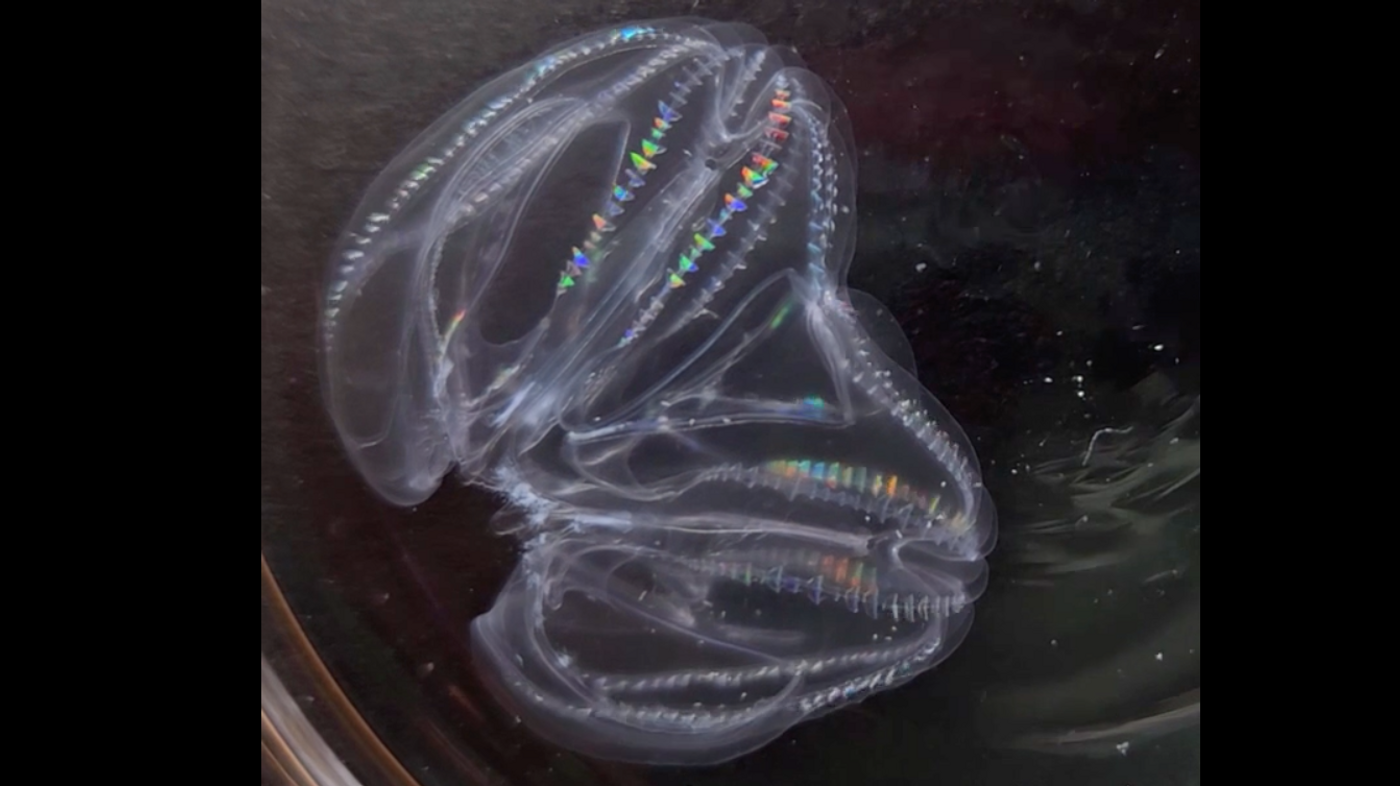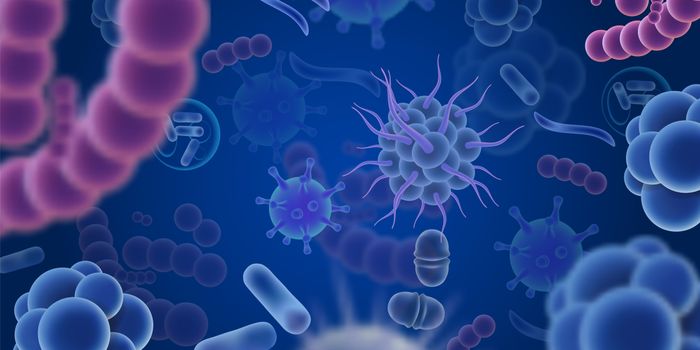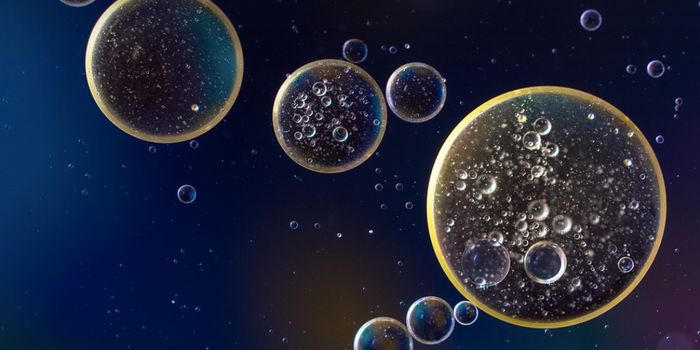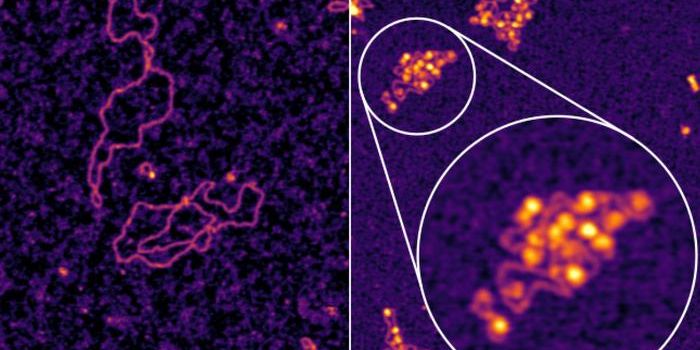Two Comb Jellies Can Fuse Into One
Comb jellies (Mnemiopsis leidyi) are a type of stingless jellyfish that consume other jellyfish and fish larvae. They are native to the western Atlantic Ocean, but they have spread widely and are considered to be invasive in many other bodies of water including the Mediterranean and Caspian Seas. And they are apparently not very concerned with individuality.
Researchers have now discovered that when a comb jelly suffers an injury, it can fuse with another comb jelly to create one individual. The two animals completely come together, synchronizing muscle contractions and merging their digestive tracts. The findings have been reported in Current Biology.
"Our findings suggest that ctenophores may lack a system for allorecognition, which is the ability to distinguish between self and others," noted senior study author Kei Jokura of the University of Exeter, UK, and National Institutes of Natural Sciences in Okazaki, Japan. "Additionally, the data imply that two separate individuals can rapidly merge their nervous systems and share action potentials."
Jokura and colleagues maintain a population of comb jellies in their laboratory, and they noticed that one particularly large comb jelly seemed to have two rear ends, and two sensory structures that are called apical organs, while normally there is only one of each. They speculated that this odd animal was created from the fusion of two comb jellies.
To test their theory, the investigators injured comb jellies by removing partial lobes from individual comb jellies, then put the animals together in close pairs. In nine of ten cases, the pairs of comb jellies became one after the injury, and the newly formed animal survived for three weeks or more.
The researchers observed that after one night, two individual animals had become one, with no separation between them. When a lobe was touched, the animal's entire, single body reacted with a unified startle response, which also suggested that the nervous systems of the animals had fused too.
"We were astonished to observe that mechanical stimulation applied to one side of the fused ctenophore resulted in a synchronized muscle contraction on the other side," Jokura said.
Fused comb jellies were found to move spontaneously in their first hour, and then their contractions began to sync more. After two hours, 95 percent of the muscle contractions were completely synchronous.
An analysis of the comb jelly digestive tract also revealed fusion; when fluorescently labeled brine shrimp were fed to a fused animal, the researchers saw the shrimp moving into a fused digestive canal, and although it did not happen at the exact same time, it was eventually released from both anuses.
The scientists still don't know how this process is advantageous, and are planning additional studies to learn more. They are particularly interested in how these findings could apply to regenerative medicine.
"The allorecognition mechanisms are related to the immune system, and the fusion of nervous systems is closely linked to research on regeneration," Jokura said. "Unraveling the molecular mechanisms underlying this fusion could advance these crucial research areas."
Comb jellies are unusual creatures. They are also known to sometimes age in reverse.
Sources: Phys.org via Cell Press, Current Biology









